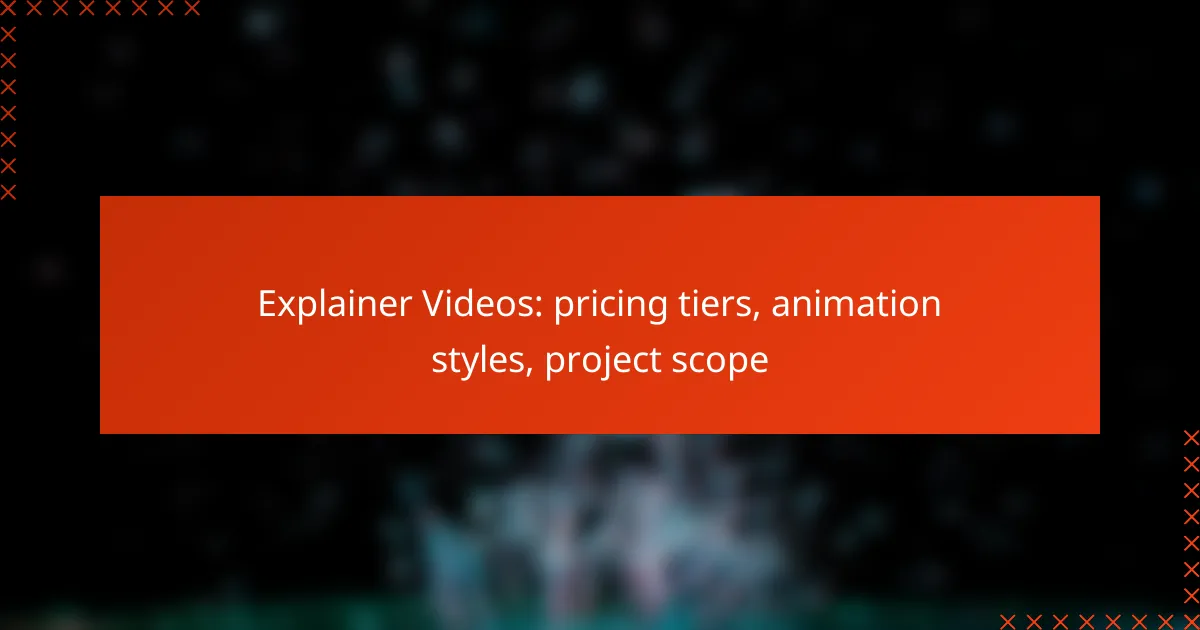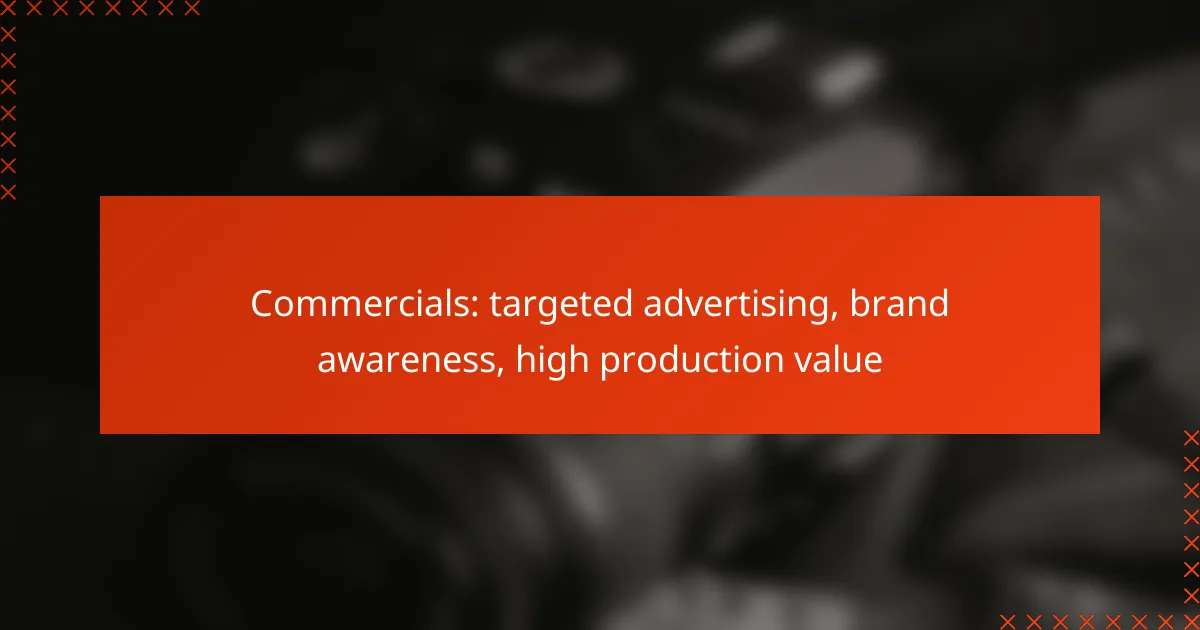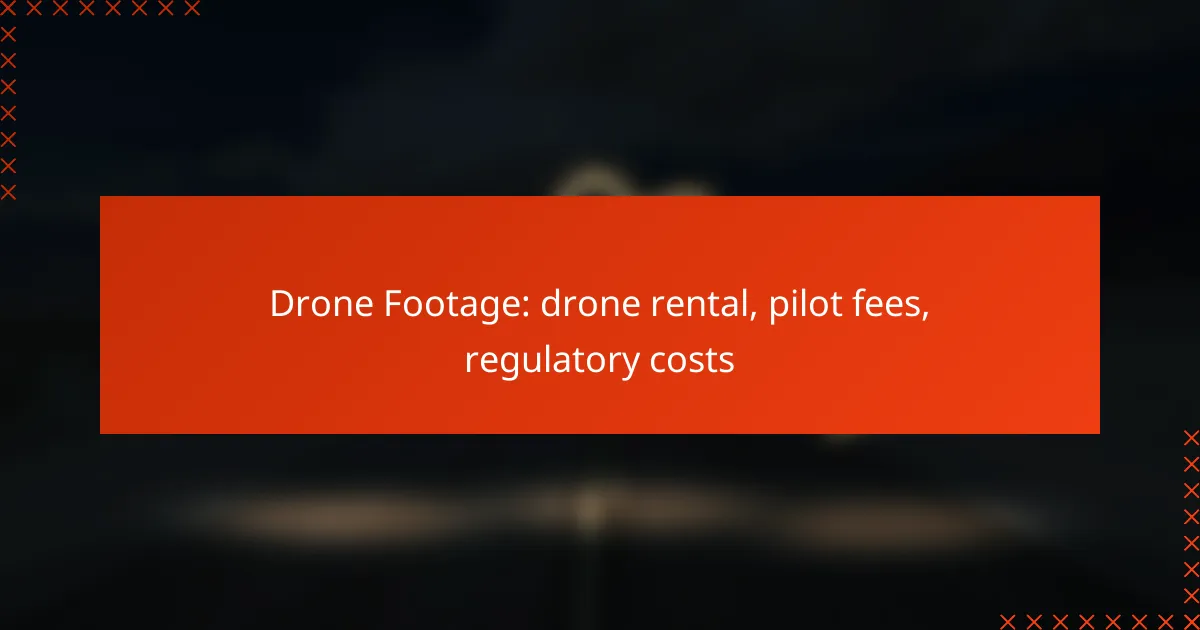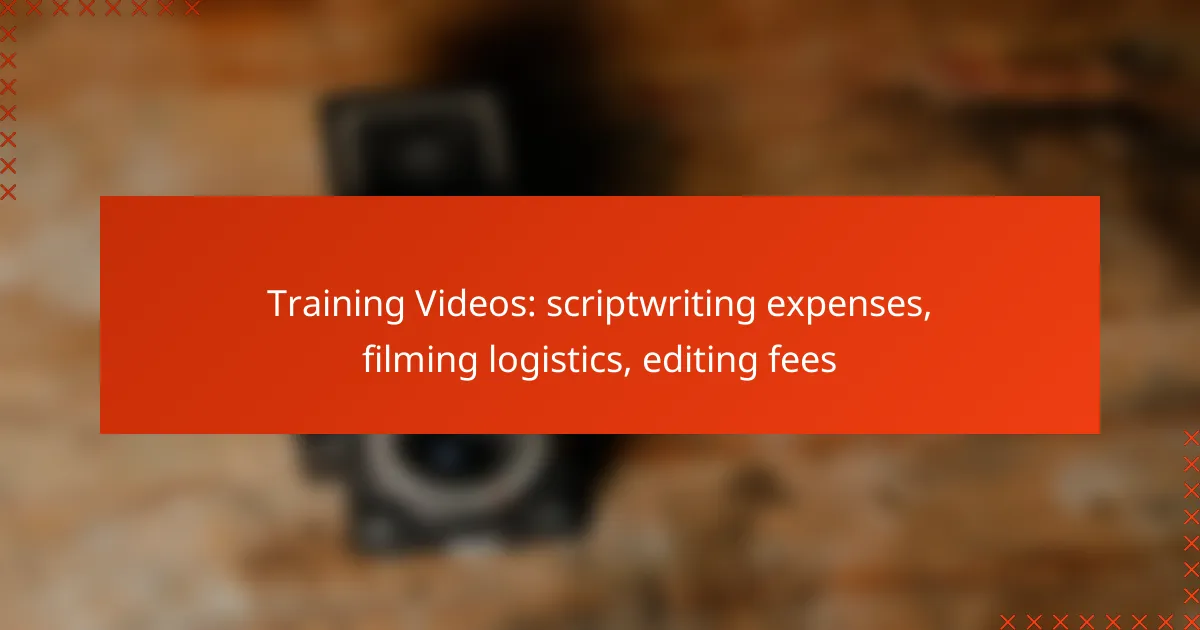Explainer videos are an effective tool for conveying complex ideas in a simple and engaging manner, available in three pricing tiers: basic, standard, and premium. Each tier offers varying levels of complexity and production value, allowing clients to select an option that aligns with their budget and project requirements. Additionally, the choice of animation style plays a crucial role in enhancing audience engagement and clarity of the message, while defining the project scope ensures that objectives and timelines are met effectively.

What are the pricing tiers for explainer videos?
Explainer videos typically come in three pricing tiers: basic, standard, and premium. Each tier varies in complexity, quality, and production value, allowing clients to choose based on their budget and project needs.
Basic tier pricing
The basic tier for explainer videos usually ranges from a few hundred to a couple of thousand dollars. This tier often includes simple animations, limited customization, and a straightforward script. It’s ideal for startups or small businesses looking for a cost-effective solution.
Common features in this tier may include basic graphics, stock footage, and minimal voiceover work. Clients should expect a quicker turnaround time, often within a week or two.
Standard tier pricing
The standard tier typically costs between a few thousand and several thousand dollars. This option offers more sophisticated animations, tailored scripts, and enhanced visual elements. It’s suitable for companies wanting a more polished presentation without breaking the bank.
In this tier, clients can expect custom graphics, professional voiceovers, and a more detailed storytelling approach. The production timeline may extend to a few weeks, depending on the complexity of the project.
Premium tier pricing
Premium tier explainer videos can range from several thousand to tens of thousands of dollars. This tier features high-end animations, comprehensive script development, and extensive customization. It’s best for larger organizations or those seeking to make a significant impact.
Clients in this tier benefit from unique animation styles, original music scores, and in-depth market research. The production process can take several weeks to months, allowing for thorough revisions and high-quality output.
Factors influencing pricing
Additionally, the experience level of the production team and the inclusion of custom elements, such as original graphics or tailored scripts, can also affect pricing. Clients should consider their specific needs and budget when selecting a tier.
Regional pricing variations
Pricing for explainer videos can vary significantly by region. For instance, rates in North America and Western Europe tend to be higher than in Eastern Europe or Southeast Asia, where production costs may be lower.
Clients should research local market rates and consider the potential benefits of working with international teams, such as cost savings and access to diverse creative styles. However, it’s essential to ensure clear communication and quality standards regardless of location.

What animation styles are available for explainer videos?
Explainer videos can utilize various animation styles, each offering unique visual appeal and storytelling techniques. The choice of animation style can significantly impact audience engagement and message clarity.
2D animation style
2D animation is a traditional style that uses flat images to create movement. This approach is often characterized by vibrant colors and simple designs, making it effective for conveying straightforward messages. It is commonly used for educational content and brand storytelling.
When considering 2D animation, think about your target audience and the complexity of your message. This style typically ranges from low to mid-budget, making it accessible for many businesses.
3D animation style
3D animation involves creating three-dimensional objects and environments, providing depth and realism. This style is ideal for showcasing products or services that benefit from a lifelike representation. It often requires more time and resources compared to 2D animation.
3D animations can be more expensive, usually falling into the mid to high-budget range. However, they can enhance viewer engagement and retention, making them a worthwhile investment for complex concepts.
Whiteboard animation style
Whiteboard animation features hand-drawn illustrations on a white background, simulating a drawing process. This style is particularly effective for explaining concepts in a clear and engaging manner. It often feels personal and relatable, which can enhance viewer connection.
Whiteboard animations are generally budget-friendly, appealing to startups and educational institutions. They work well for tutorials and instructional content, making complex ideas easier to digest.
Motion graphics style
Motion graphics combine graphic design elements with animation to create dynamic visuals. This style is often used for infographics, data visualization, and brand promotions. It can effectively communicate statistics and abstract concepts through engaging visuals.
Motion graphics can vary widely in cost, depending on the complexity and duration of the video. They are a great choice for businesses looking to convey information quickly and effectively, often appealing to tech-savvy audiences.

How to determine the project scope for explainer videos?
Determining the project scope for explainer videos involves defining clear objectives, understanding the audience, estimating video length, and assessing the production timeline. These elements help in creating a focused and effective video that meets client expectations and budget constraints.
Defining project goals
Start by outlining the primary objectives of the explainer video. Are you aiming to educate, promote a product, or increase brand awareness? Clear goals will guide the content and style of the video.
Consider using the SMART criteria—Specific, Measurable, Achievable, Relevant, and Time-bound—to refine your goals. For instance, a goal could be to increase product sign-ups by 20% within three months of the video release.
Identifying target audience
Understanding your target audience is crucial for tailoring the video’s message and style. Identify demographics such as age, gender, interests, and professional background to ensure the content resonates.
Creating audience personas can help visualize who you are addressing. For example, if your audience consists of tech-savvy millennials, a modern animation style with engaging visuals may be more effective.
Estimating video length
The length of the explainer video should align with its purpose and audience preferences. Generally, explainer videos range from 60 to 120 seconds, as this duration is often optimal for retaining viewer attention.
Consider the complexity of the topic; more intricate subjects may require longer videos. However, aim to keep the content concise and focused to avoid losing viewer interest.
Assessing production timeline
Establishing a realistic production timeline is essential for project management. Factors such as scriptwriting, storyboarding, animation, and revisions can significantly impact the overall schedule.
Typically, a complete explainer video project can take anywhere from a few weeks to a couple of months. Plan for potential delays and allocate time for client feedback to ensure a smooth production process.

What criteria should be used to select an explainer video service?
Selecting an explainer video service requires careful consideration of several key criteria, including portfolio quality, client testimonials, pricing structures, and the specific animation styles offered. These factors will help ensure that the service aligns with your project goals and budget.
Evaluating portfolio quality
When evaluating an explainer video service, the quality of their portfolio is crucial. Look for a diverse range of styles and successful projects that demonstrate their ability to convey complex ideas clearly and engagingly. A strong portfolio should include examples of different animation techniques, such as 2D, 3D, or whiteboard animation.
Consider the relevance of their past work to your industry. If they have experience creating videos for similar businesses or sectors, it can indicate their understanding of your target audience. Aim to find services that showcase creativity while maintaining a professional standard.
Checking client testimonials
Client testimonials provide valuable insights into the reliability and effectiveness of an explainer video service. Look for reviews that highlight the service’s communication, adherence to deadlines, and overall satisfaction with the final product. Positive feedback from previous clients can be a strong indicator of the service’s capabilities.
Additionally, consider reaching out to past clients for direct feedback. Ask about their experience, the impact of the video on their business, and whether they would recommend the service. This firsthand information can help you make a more informed decision.



